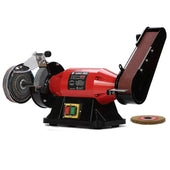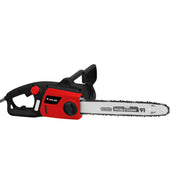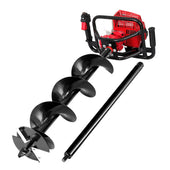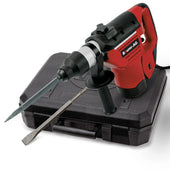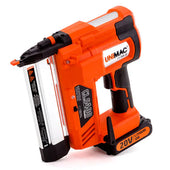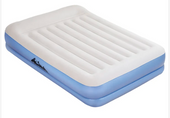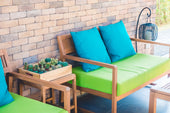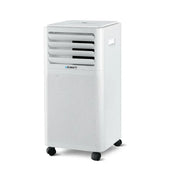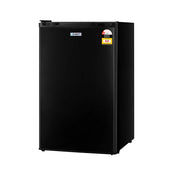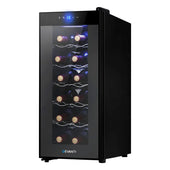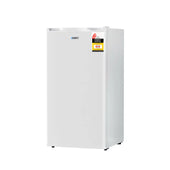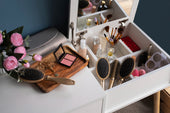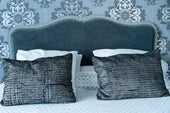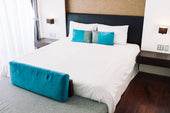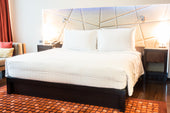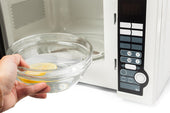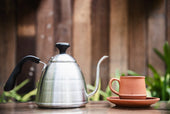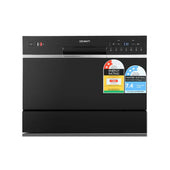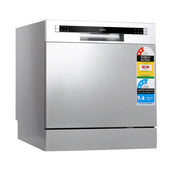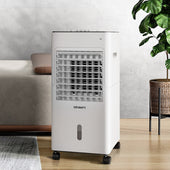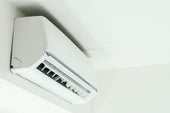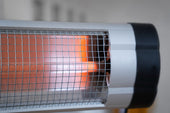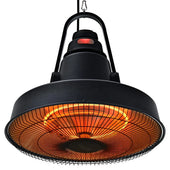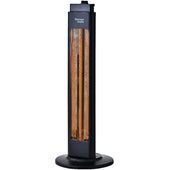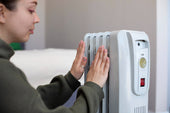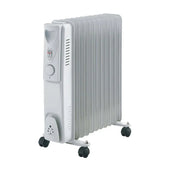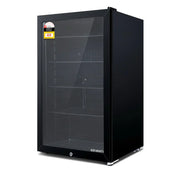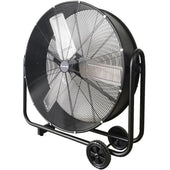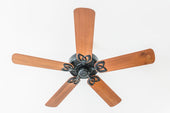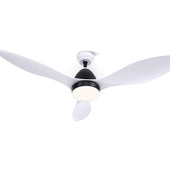Introduction to Bedside Tables and Their Importance
Bedside tables are essential furniture pieces designed to enhance functionality and aesthetics in the bedroom. Positioned beside the bed, they provide a convenient surface for placing frequently used items such as lamps, books, glasses, or smartphones. These tables play a crucial role in keeping the bedroom organised, eliminating clutter, and bringing order to daily routines.
From a design perspective, bedside tables act as subtle accents that complement a room’s overall decor. They offer both practicality and personalisation, with varied designs, sizes, and materials available to meet different needs. During days, Combining storage options and surface space, they exemplify both utility and style.
Key Features to Look for in a Stable Bedside Table
When selecting a stable bedside table, several critical features should be evaluated:
- Material Quality: Opt for sturdy materials like solid wood, metal, or engineered wood with proper reinforcements to prevent wobbling.
- Weight Distribution: Ensure the table's design allows even weight distribution, especially if it holds heavy items like lamps or books.
- Leg Design: Look for wide, well-positioned legs or a solid base that provides enhanced balance and support.
- Assembly Mechanism: Choose tables with secure joinery, such as screws or dowels, rather than weak adhesives.
- Surface Area and Height: Consider dimensions that suit your bed height and provide adequate space for essentials.
- Load Capacity: Verify its weight-bearing capacity to avoid structural issues over time.
Why Ease of Assembly Matters in Bedside Furniture
Ease of assembly plays a crucial role in bedside furniture selection. Many individuals prefer furniture that can be quickly and effortlessly put together, especially in domestic settings. Complicated assembly processes can lead to frustration, wasted time, and potential damage to the furniture pieces, particularly if instructions are unclear or tools are insufficient.
Furniture with simpler assembly requirements increases accessibility for a broader audience, including those with minimal DIY experience. This characteristic is essential for renters or frequent movers, offering convenience and flexibility. Additionally, straightforward assembly ensures the final product maintains structural integrity, contributing to longer-lasting durability and usability.
Methodology: How These Rankings Were Determined
The rankings for the best bedside tables were established through a systematic evaluation process to ensure they meet practical and aesthetic standards. Each product was reviewed based on key factors essential to bedside tables.
- Stability Testing: Stability was evaluated by placing weights on the tables and testing their sturdiness on different flooring types, including carpet, tile, and wooden floors.
- Ease of Assembly: Assembly was tested by using standard tools and measuring the average time taken to complete the setup. Ease of following the provided instructions was also assessed.
- Material Quality: Materials were examined for durability and resilience. Tables made of solid wood, engineered wood, or metal were scored based on construction quality.
- Design Functionality: Features such as drawers, shelves, and surface area were analysed to measure how well the tables serve everyday needs, like holding lamps, books, or electronics.
- Customer Feedback: Reviews and star ratings from verified buyers were incorporated to gain insights into user satisfaction and real-world performance.
- Pricing & Value: Products were compared for their affordability in relation to the features, quality, and longevity they offer.
Top 12 Bedside Tables for Stability and Assembly
- Ikea Hemnes Nightstand Renowned for its robust design, the Ikea Hemnes Nightstand offers simple assembly with clear instructions and durable materials that ensure longevity.
- Sauder Cannery Bridge Side Table Featuring a sturdy metal frame and engineered wood, this table boasts excellent stability. Its straightforward assembly adds to its appeal.
- VASAGLE Industrial Bedside Table Combining a steel frame and thick wood panels, this option resists wobbles. Its labelled pieces simplify the building process.
- Prepac Sonoma Nightstand Built with composite wood, it provides balanced stability. The included hardware ensures smooth assembly.
- West Elm Mid-Century Nightstand Made with sustainably sourced wood, it offers a strong, stable build alongside fairly intuitive assembly instructions.
- Songmics Nightstand with Shelves Designed for heavy loads, this table employs stabilising feet for enhanced balance. Its interlocking design makes setup uncomplicated.
- Nathan James Harper Nightstand A contemporary option with a wide base, it stays firm under pressure. Easy-to-follow manual ensures rapid assembly.
- CB2 Framework Nightstand Blending metal and tempered glass, it provides solid stability, while requiring minimal tools for straightforward assembly.
- Walker Edison Modern End Table Known for its broad legs and solid MDF construction. Its pre-drilled holes facilitate quick setup.
- Homfa Bamboo Nightstand Crafted from natural bamboo, it offers eco-friendly durability and comes with detailed assembly illustrations.
- Winsome Wood Claire Accent Table Compact yet solid, its reinforced screws enhance stability. Assembly is manageable with only basic tools.
- Hodedah Nightstand with Drawer Constructed from engineered wood, this option stands firm with modest assembly demands. Features extra bracing for support.
Detailed Review of the Most Stable Bedside Tables
When evaluating the most stable bedside tables, their design, materials, and weight distribution emerge as critical factors. Sturdiness often stems from high-quality materials such as solid wood, engineered wood, or metal. Stability-enhancing features include reinforced legs, anti-slip bases, and functional crossbars for added support.
Key contenders include models with wider bases, mitigating risks of tipping over. Drawers with smooth gliders ensure ergonomic functionality without compromising durability. The combination of bolted joints and high-grade hardware further elevates stability under regular usage.
User-friendly assembly processes also contribute to their reputation, allowing quick set-up. These tables can hold heavier items like bedside lamps or books consistently.
Comparison of Assembly Times and Tools Required
When evaluating the bedside tables, assembly times range from 10 minutes for simpler models to over an hour for more intricate designs. Some arrive pre-assembled, eliminating the need for setup, while others involve multiple components requiring careful alignment.
- Tools Provided: Many bedside tables come with the necessary tools, such as Allen keys or small wrenches. Higher-end models often include instructions enhanced with diagrams for ease.
- Tools Needed from Buyers: Certain options demand basic household tools like screwdrivers or hammers not included in the packaging. Lightweight tables typically require fewer tools compared to heavier, hardwood variants.
Compact models often prove faster to assemble due to fewer steps, whereas multifunctional designs take longer due to added storage features.
Materials That Contribute to Stability and Durability
A bedside table’s stability and durability often depend on the quality and type of materials used in its construction.
- Solid Wood: Tables crafted from oak, walnut, or mahogany excel in durability and maintain structural integrity over time. These options resist warping and cracking, making them a timeless choice.
- Engineered Wood: Medium-density fibreboard (MDF) or plywood offers affordability with added strength, especially when reinforced with laminates.
- Metal Frames: Steel and aluminium provide tough frameworks that secure the table, ensuring longevity with minimal wear.
- Tempered Glass: For modern designs, tempered glass adds elegance while resisting shattering and scratches.
Material selection strongly influences a bedside table’s sturdiness and lifespan.
Design Styles That Blend Functionality with Aesthetics
Modern bedside tables cater to a variety of design preferences while offering practical benefits. A minimalistic approach often emphasises clean lines and hidden storage, perfect for uncluttered, contemporary spaces. For traditional interiors, tables with ornate details and warm wooden finishes provide timeless appeal.
Industrial designs frequently combine metal frames with wood or glass tops for a raw yet stylish look. Mid-century modern styles are characterised by tapered legs and balanced proportions, appealing to vintage enthusiasts. Scandinavian options focus on neutral colours and natural materials. By integrating design with usability, these tables complement diverse bedrooms while meeting practical needs.
The Balance Between Price and Quality in Bedside Tables
When selecting a bedside table, achieving the ideal equilibrium between cost and craftsmanship is pivotal. Higher-priced options often feature sturdy materials like solid wood or premium metals, offering durability and an elegant finish. These models also tend to include enhanced features such as soft-close drawers or integrated charging ports.
Conversely, budget-friendly options, while economical, may compromise on durability by using particleboard or MDF, which can be less robust over time. Buyers should consider usage needs, ensuring they don't trade quality for affordability. Mid-range options often present the best balance, combining decent build quality with a reasonable price, suiting both casual and long-term use.
Tips to Maintaining Bedside Table Stability Over Time
Proper care and simple adjustments can ensure a bedside table remains stable for years.
Maintenance Tips:
- Tighten Screws Regularly: Shift and movement may loosen screws over time. Regularly inspecting and tightening them prevents wobbling.
- Check Floor Level: Uneven flooring can destabilise tables. Use levelling pads or furniture wedges to balance the base.
- Avoid Overloading: Exceeding weight limits not only risks damage but also compromises stability.
- Protect Against Humidity: Wood tables can warp in humid conditions. Use a dehumidifier or avoid placing near windows.
- Inspect Joints Periodically: Loose dowels or adhesives can cause instability. Reinforce aged joints as needed using wood glue or brackets for support.
Consistent maintenance keeps bedside tables functional and secure over time.
Final Thoughts and Recommendations for Buyers
When choosing a bedside table, buyers should prioritise stability, as it ensures long-term durability and reduces risks of tipping. Consider tables with a solid base or adjustable feet for added sturdiness. Assembly ease is vital, particularly for those with limited DIY skills; selecting options with clear instructions and minimal parts is advisable. Buyers should assess the storage needs, whether for books, devices, or décor, and pick a design that complements the bedroom's aesthetic. Materials such as solid wood or metal often enhance stability, while lightweight materials may be less robust. Investing in a quality brand often guarantees better customer service and reliability.






















































